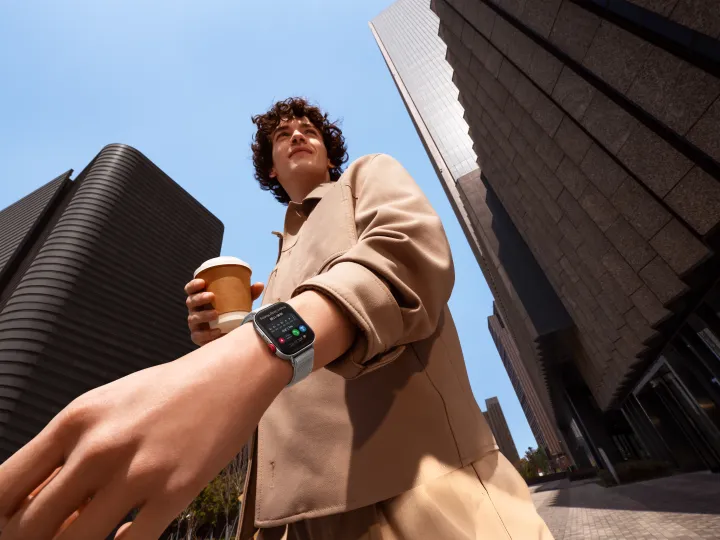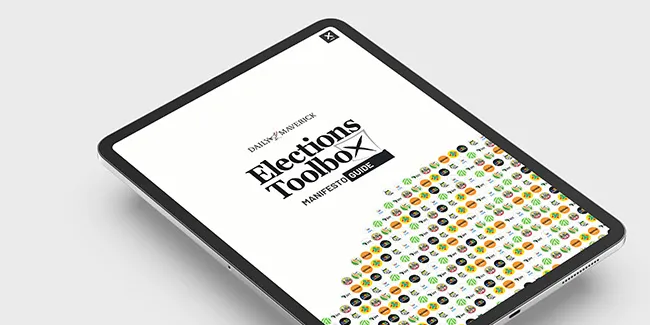BUSINESS REFLECTION
After the Bell: The new ‘power of one’ theory of markets

This tool has taken over the valuation, particularly of tech stocks, and it now appears to completely trump all others.
Mark Barnes and I discussed his new theory of current stock market valuation in our podcast this week (please do listen in), which I’m calling the “power of one” theory.
In the old days, which were really only a few years ago, stock market valuation took place in terms of more-or-less sensible metrics, like the trusty price/earnings (P/E) ratio.
The ratio, as we all know, is as old as the hills, pretty reliable and a useful tool to discover technical under- or over-valuation.
P/E is calculated by dividing the market value price per share by the company’s earnings per share. It is simple and offers a tool to compare the market prices of very different companies.
If you want to be a bit more sophisticated, you might use the EV/Ebitda ratio. This is enterprise value – essentially the value of the company if it were sold at that moment – divided by total earnings before interest, taxes, depreciation and amortisation.
What that gives you is more of a tool for assessing the financial health of a company, and perhaps a useful way of comparing a company with its industry competitors.
By excluding the market’s valuation in this ratio, you gain a comparative tool based only on the company’s individual metrics. You do have to get your tongue around the terrible acronym, Ebitda, made trickier because there are variations like Ebitdar, which sounds almost the same (always a potential trap). And there is also Ebit, which makes you sound like a frog.
In either case, you are looking for a company’s potential.
‘Power of one’
There is, however, another way, as Barnes points out: invent a product that practically everybody in the world wants. This is the grand, new “power of one” metric. This tool has taken over the valuation, particularly of tech stocks, and it now appears to completely trump all others.
Of course, it doesn’t have to be just one product – the more the better, obvs.
And it doesn’t have to be a product; a service is also fine. And it helps (a lot), as in Apple’s case, if you can convince your customers that they desperately need a new one every year.
The effects are simply mind-boggling.
You can see the upshot in the share prices of tech stocks, which seem to have left the planet and headed off vaguely in the direction of Mars.
For example, the market appears to have decided that, eventually, everybody is going to need a subscription to an AI tool like ChatGPT. But in order to create one, the players in this game will need huge quantities of computer chips, and, in the memorable words of analyst Srini Pajjuri, “There’s a war going on out there in AI, and Nvidia is the only arms dealer.”
Chipmaker Nvidia is now the world’s third most valuable company – more valuable than the entire German stock exchange.
Microsoft has regained its rightful (some will say) place as the world’s most valuable company. It’s worth more than the entire FTSE100. Remember when it was a big thing that a company reached a valuation of $1-trillion? (That was Apple only four years ago, btw). There are now six of them, and Microsoft is worth just below three trillion dollars.
What Microsoft founder Bill Gates must think of this, I can only imagine.
Gates owns just over 103 million shares in Microsoft, about 1.3% of the company. He has donated around $50-billion to the health-focused foundation he created with his former wife, Melinda. But as fast as he gives the money away, it seems to reappear… and increase. It’s astounding.
Normally, when shares reach these kinds of levels, you have to start wondering whether there is a share-price bubble. And there are some grounds for concern, but there are distinctions between what’s going on now and the last tech bubble.
Microsoft’s P/E ratio was around 32 in the year 2000, just before the dot.com bubble, and guess what it is today – 36.
But the ratio has been much higher (and lower, of course). For market bulls, there is some solace in the “power of one” theory: Microsoft’s part ownership of ChatGPT – even though it’s technically very circumscribed – does hold the promise of participating in the AI revolution.
Apple
Apple’s position is a little different, and there is an interesting debate going on about whether the storied company is keeping pace.
I was reading recently that rival Samsung has launched its own AI product, included in its Galaxy range of phones, which allows live-translated phone calls, transcriptions of voice recordings and the use of generative AI to fill in parts of photos.
Apple is the global leader in cell phones, with about 30% global market share, but Samsung is not far behind with 24%.
The bad news is increasing for the California company: another huge EU fine, stock down 12% this year, and very little revealed so far about its AI efforts, although CEO Tim Cook has promised that the company would “break new ground” in AI.
When these companies fall behind, the distances they fall are now staggering: Apple has erased more than $300-billion in market value so far this year.
To me, the surprising thing about these huge tech companies is how the rest of the world is struggling to keep up.
China’s Tencent, for example, is still very much in the game: it ranks as the 30th largest company in the world. Interestingly, its P/E ratio is very low – around 12. But even if it quadrupled in value to match the P/E ratios of the American tech companies, it would only be about a third of their size in market value.
One of the reasons for the difference, I think, is the embrace of stock markets by ordinary Americans.
Like many countries, about 55% of the US population is invested in the stock market through their pension funds. But unlike most other countries, about 20% of Americans also own stocks directly, and there are also huge pooled investment funds in the US – what we would call unit trusts.
Stock ownership there happens across the wealth spectrum: about 20% of the people in the bottom two deciles own stocks, can you believe it? Of course, a huge proportion of people in the top wealth decile also pick their stocks, currently estimated at around 98%.
Which makes you wonder, what do the remaining 2% do with their money? DM

















Comments - Please login in order to comment.